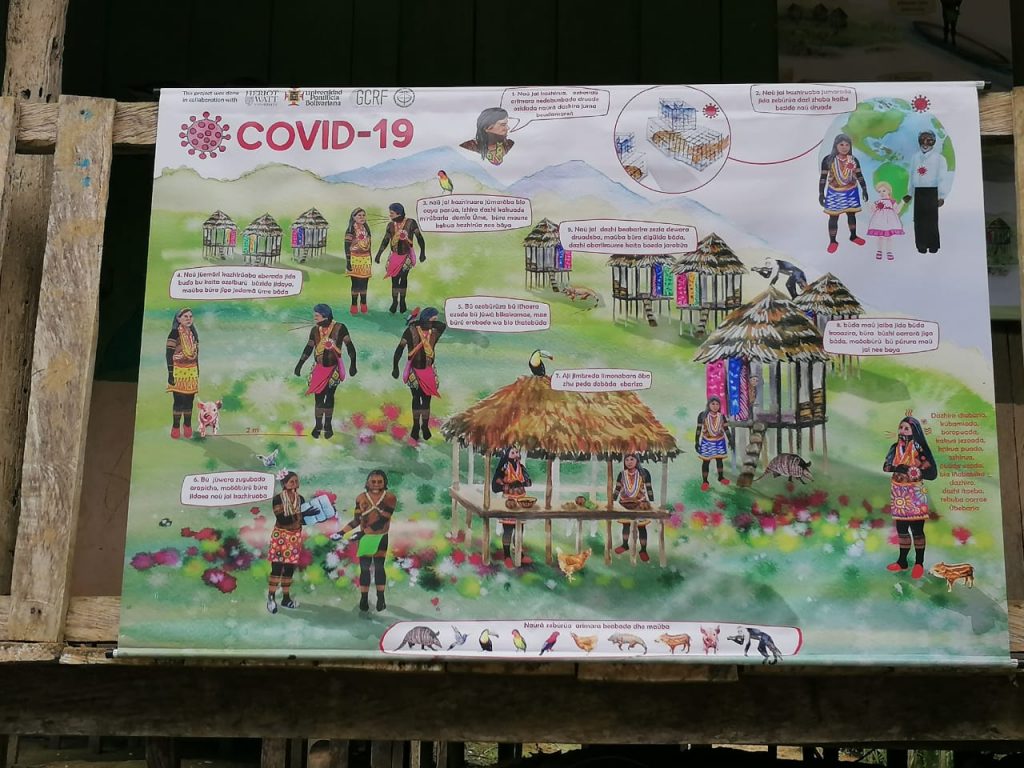

The simplest definition of gamification is the use of game elements in a non-gaming environment. It has been used in everything from medical research to making people more active through fitness apps, and in efforts to reduce energy consumption.
Often associated with playing video games, one of the key benefits of gamification is being able to harness the problem-solving prowess of millions of gamers – regardless of where they are in the world – with the crowdsourcing computer game Foldit being a case in point.
Foldit is an online puzzle game about protein folding and some 240,000 gamers, who signed up to play in 2011, helped decipher the structure of an enzyme that proved vital in subsequent AIDS research. It took them just 10 days compared to the years PhD researchers had previously dedicated to the task.
Elements of gamification can also be used in virtual training programmes such as Wärtsilä’s Smart Realities solution, which uses extended reality (XR) technologies to prepare seafarers for a ship environment through a fully-immersive digital experience. Combining mathematical, physical, and environmental modelling with the latest in virtual and augmented reality, Wärtsilä’s solution places seafarers on a virtual bridge or engine room to make training as real as it can get. This is a great way to prepare tomorrow’s seafarers for a ship environment that is becoming increasingly complex.
Facilitating behavioural change
Gamification can also prove vital in influencing human actions. “It is a very effective way of trying to facilitate behavioural change and help people make better decisions or develop a capacity for decision making, or as a method for trying to nudge people towards more sustainable behaviour, for example,” explains Agnessa Spanellis, Assistant Professor of Systems Thinking at Heriot-Watt University in Edinburgh.
A key aspect in this regard is through providing ‘players’ with incentives and feedback. For example, Oracle’s OPower software works with utility companies to motivate customers to lower their energy usage by using data to show them how they compare to their neighbours and tell them if they are close to any new milestones.
Gamification usage and impact will only increase over time as more industries and organisations recognise its potential to encourage people to take purpose-driven actions.
The premise behind such a system is that utility customer action can be twice as impactful as currently clean energy supply policies in reducing greenhouse gas emissions. And it certainly does appear to work when it comes to Opower.
Since 2016, the US company has tripled the amount of power it has helped customers to save. Homes using energy from a utility company using its energy efficiency recommendations have resulted in 32 terawatt hours of energy savings. Prior to Oracle buying Opower, they had only been able to save 11 terawatt hours of energy.
In addition, the firm has also helped deliver hundreds more megawatts of demand reduction by rewarding users who conserve the most with visual badges on their app. “This experience creates a tonne of peak demand reduction around North America,” says Paul McDonald, Senior Director, Opower Product Strategy.
“If all the utilities that have deployed Opower’s Behavioral Demand Response product called a demand response on the same day, this gamified experience could deliver approximately 415 megawatts of peak capacity across North America.”

A poster developed by researchers in Colombia to make COVID-19 recommendations more understandable for Indigenous people.
Image credit: Universidad Pontificia Bolivarian, Heriott-Watt University
Gamification in analogue settings
Gamification and behavioural science techniques can also be applied to solving real-world problems in a non-digital environment. One notable example is Spanellis’s work with a team in Colombia aimed at communicating COVID-19 mitigation measures to Indigenous communities with low literacy rates and no access to communications technology.
Researchers engaged with the communities to find out their perceptions of COVID and then developed a poster which adapted government recommendations to make them more understandable and feasible for Indigenous people to follow.
The poster also referred to recommendations the communities had developed for themselves that weren’t harmful, such as a special drink, and ‘Easter eggs’ – special hidden features or images to search for, in this case local animals – next to key messages on COVID measures.
“The results were quite optimistic because they engaged with the poster and tried to understand what was written. And the researchers in Colombia observed a real change in behaviour. People started observing social distancing and the overall outcome was very positive,” says Spanellis.
Key elements of a successful gamification project
So what makes a successful gamification project? An understanding of human behaviour is obviously vital, alongside a clear definition of the aims of the project and an ability to stay flexible and adapt when it comes to design.
“Remember gamified experiences should feel fun, and that’s hard to get right out of the gate,” says McDonald. “The odds are that textbook-based approaches won’t always have the results you expect. Play testing with a small beta group is always a good idea to gather qualitative feedback. Objectively measure success and failure based on how people act.”
As for the future, Spanellis hopes to see more meaningful examples of gamification being used to solve society’s biggest problems such as climate change.
McDonald agrees and suggests its uptake is somewhat inevitable, particularly in an increasingly digital world. “Gamification usage and impact will only increase over time as more industries and organisations recognise its potential to encourage people to take purpose-driven actions and inspire others to do the same.”
Did you like this? Subscribe to Insights updates!
Once every six weeks, you will get the top picks – the latest and the greatest pieces – from this Insights channel by email.


